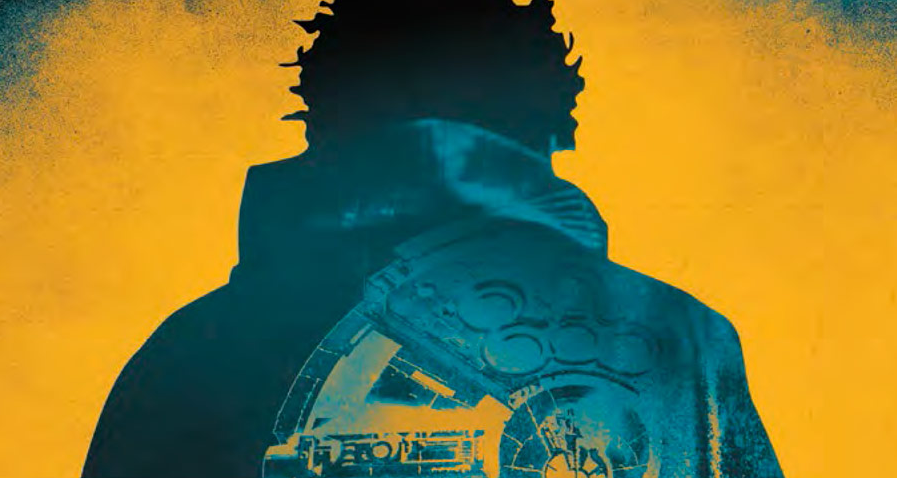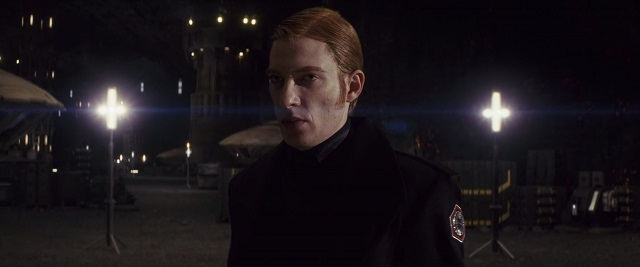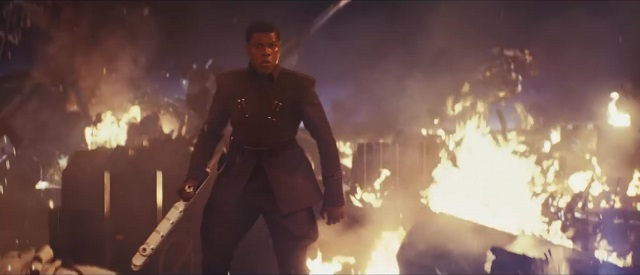
It doesn’t come up a lot here on the blog, but one of the things I’m known for on Twitter is being a big fan of Lando Calrissian. He’s stylish, he’s brave, he’s got one of the only four-syllable last names—what’s not to like? At first glance, though, he and I don’t have a lot in common. I’m not a slob like Han is but I certainly wouldn’t call myself fashionable, or even all that concerned with how I present myself. I’m pretty reserved socially and I don’t chase women (or men, or blobs), nor do I really aspire to. I do enjoy poker but I’d describe my playing style as chaotic neutral—and gambling in general seems pointless to me.
So what is it about this guy that’s driven me to latch onto him? Well, for one thing, I think Lando’s actually a pretty widely misunderstood character. The flirting and the gambling most people know him for, to pick a random metaphor off the top of my head, are like capes: ornamental details calculated to cultivate a certain impression while also concealing what’s really going on underneath. Read More




